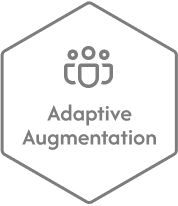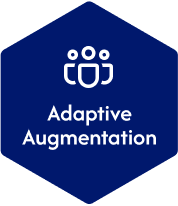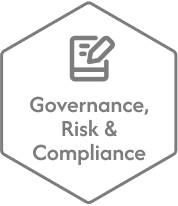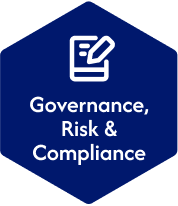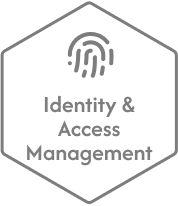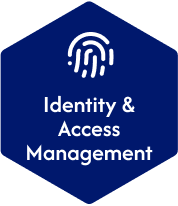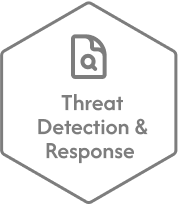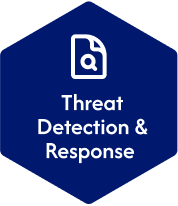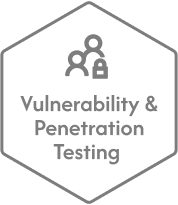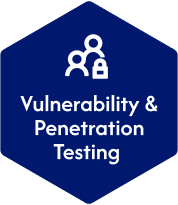- Solutions & Services
- Partners
- About
- Resources
- Careers
- Contact
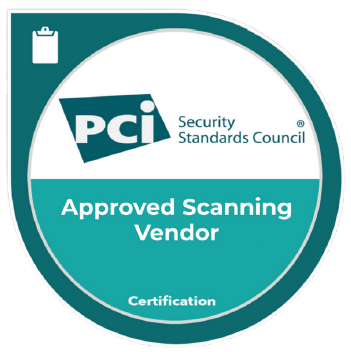
NIST SP 800-30
NIST SP 800-30 offers a risk assessment methodology that focuses on identifying, analyzing, and prioritizing information security risks. This framework emphasizes a comprehensive approach to cybersecurity, enabling organizations to manage their risk landscape effectively.
Purpose:
To provide a systematic process for assessing risks,
enabling organizations to make informed decisions about their cybersecurity strategies.
ISO 27005
ISO 27005 is a comprehensive framework that integrates seamlessly with ISO 27001-aligned Information Security Management Systems (ISMS). It provides a unified approach to managing information security risks, ensuring that organizations can address risks in a structured manner.
Purpose:
To support organizations in identifying, assessing, and treating information security risks while aligning with international standards.
Key Benefits of Risk Assessment Services
1. Comprehensive Risk Identification
Utilizing frameworks like NIST SP 800-30 enables organizations to identify potential threats and vulnerabilities within their IT environments systematically. This thorough identification process is crucial for understanding the full scope of risks that may impact operations and assets.
2. Prioritization of Risks
Risk Assessment Services help organizations prioritize risks based on their potential impact and likelihood of occurrence. This prioritization enables organizations to focus their resources on addressing the most significant threats, ensuring efficient use of security investments.
3. Enhanced Decision-Making
By providing a structured methodology for risk analysis, these services empower organizations to make informed decisions regarding their cybersecurity strategies. This includes determining which security controls to implement and allocating resources effectively to achieve maximum effectiveness.
4. Regulatory Compliance
Regular risk assessments are essential for meeting compliance requirements across various frameworks, including ISO 27001 and NIST standards. By adhering to these frameworks, organizations can demonstrate their commitment to cybersecurity and avoid potential penalties.
5. Improved Incident Response
Understanding potential risks and their impacts allows organizations to develop more effective incident response plans. This preparedness enables organizations to detect, contain, and recover from security incidents more efficiently, thereby minimizing disruptions to operations.
6. Integration with ISMS
ISO 27005’s alignment with ISO 27001 facilitates a cohesive approach to managing information security risks. This integration ensures that risk management is an integral part of the organization’s overall information security strategy.
7. Building Stakeholder Trust
A robust risk assessment process demonstrates an organization’s commitment to protecting sensitive data and fostering trust among customers, partners, and stakeholders. This trust is vital for maintaining long-term relationships and a positive reputation in the market.



